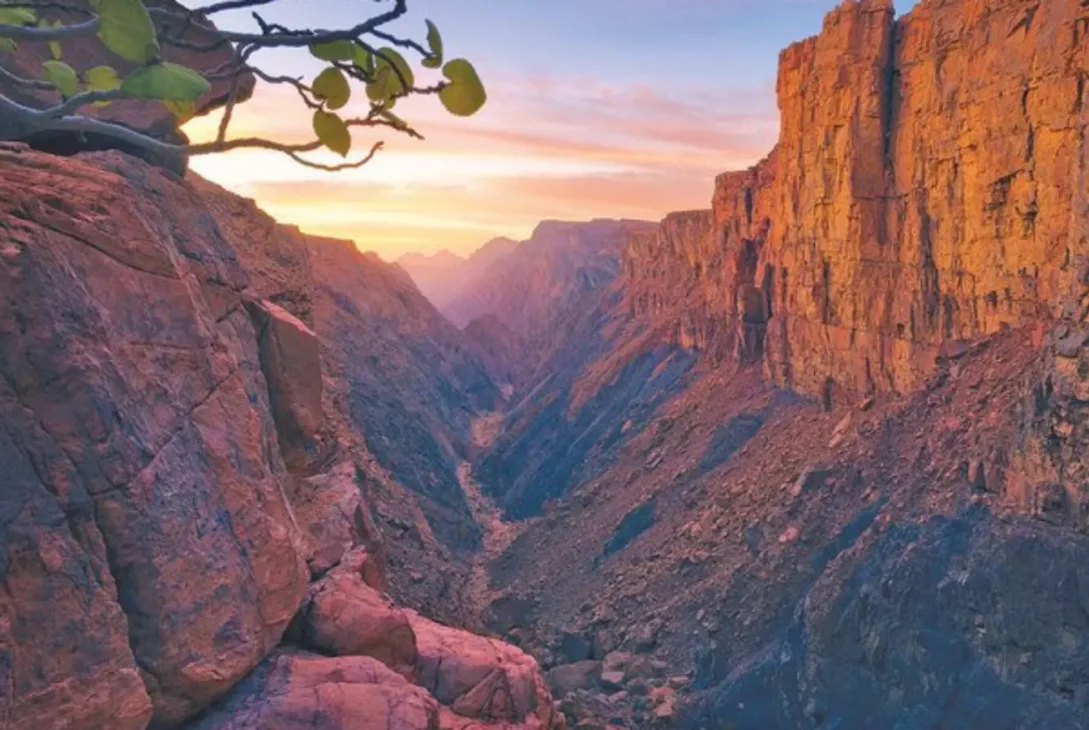The Shigry mountains in northern Saudi Arabia’s Tabuk region are more than a striking natural landmark — they are a window into Earth’s deep past, with rocks and red sands that trace back over 542 million years.
Abdulaziz Ibn Laboun, founder of the Saudi Geologists Cooperative, describes the range as an “open geological museum,” home to the Kingdom’s oldest sedimentary rocks. Beyond their scientific value, the sandstone formations serve a practical purpose as natural reservoirs, storing groundwater that is crucial for agriculture in the area.
Shaped over millennia by wind and rain, the mountains feature dramatic columns, terraces, and caves that add to their unique landscape. They also carry a record of human presence, with ancient inhabitants leaving behind carvings that depict daily life and wildlife. Images of lions, elephants, and gazelles etched into the rock provide rare insights into how early communities lived in harmony with their surroundings.
A vast rift in the mountains further reveals cross-sections of some of the region’s oldest rock layers, making the site an invaluable natural laboratory for researchers and students. With their scientific significance, cultural heritage, and accessibility from Tabuk city, the Shigry mountains remain a destination where discovery meets natural beauty.
Also Read:
Delivering Excellence in the Property and Investment Landscape: Benjamin Hunter
Driving Excellence and Transformation in the Pharma Landscape: Radwan Shaker Al-Zalak



































